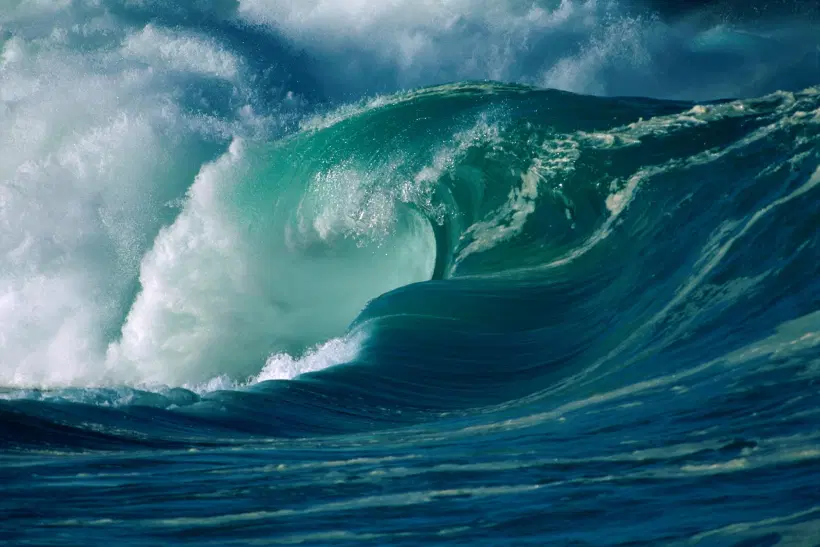
In the amazing years of my job as a travel journalist, I’ve attended dozens of organized trips and all of them included both a cultural and a natural visit. History, art and nature can tell about the essence of a place as nothing else. Maybe only food. And of course, when you organize a trip or a travel, you try to see all the best of that area and fit as much experiences as possible in a few days.
The bike tour and the picnic in the enormous Hagaparken in Stockholm. The guided visit of the National Museum of Ireland, the Trinity College and the Chester Beatty Library in Dublin. The astonishing exploration of the idyllic Akama peninsula in Cyprus. The sight of the historic centre and the history of the procession in Trapani, Sicily. Even when I was going among Alpine Huts in the very north of Italy, I ended up in a fascinating castle surrounded by mountains with a lovely Christmas market in it. In Slovenia, I visited places that I bet very few locals have seen.
In fact, as a local, I haven’t visited so many places in Liguria, my hometown, in Milan, my adoptive city, in London, my favorite, and in Florence, my current home. A good friend of mine, art historian and passionate to life, always tells me “let’s hire a car and go visit the wanders in the nearby”. It’s true. You don’t have to be in another country or in another region to be a tourist and to make interesting discoveries. You can be a tourist in your city.
Imagine how it would be if people would regularly visit cultural and natural spots in their nearby with the thrilling emotion of the discovery. If we look at our natural and cultural heritage with the same respect and wonder of a tourist (a good one), we would be more likely to preserve it. Heritage is the beauty, enthusiasm is the key. My key.
Now I’m moving to Sydney (Australia) and I’ll be a sort of tourist that tries to become local around there. I’ll do my best, stay tuned.

